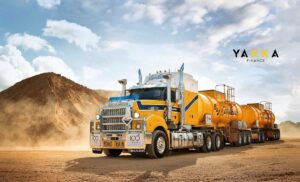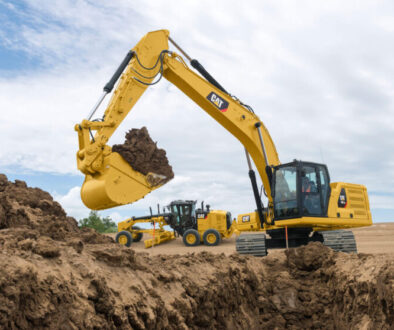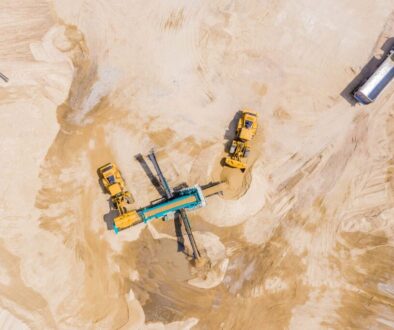
Chattel Mortgage vs Lease vs Hire Purchase: What’s Best for Truck and Trailer Finance?
Truck & Trailer Finance Australia
When it comes to financing trucks, trailers, and other heavy vehicles, there are several ways to structure your loan. The most common types of truck finance are Chattel Mortgage, Finance Lease, and Hire Purchase. Each option has its own benefits depending on how your transport business operates and your long-term goals.
Understanding how each structure works can help you choose the best option for your business and avoid paying more than necessary in interest or tax.
1. Chattel Mortgage
A Chattel Mortgage is the most common type of finance structure used for truck and trailer purchases in Australia.
Under this arrangement, the borrower owns the asset from the start, while the lender takes a mortgage (or charge) over it as security until the loan is repaid.
Key Features
You take ownership of the truck or trailer immediately.
The loan is secured against the asset.
You can include a balloon or residual payment at the end of the term.
Interest and depreciation may be tax-deductible.
GST on the purchase price can usually be claimed upfront if you’re GST-registered.
Best For
Businesses that want ownership of the asset from day one, flexibility to manage balloon payments, and potential tax and GST benefits.
2. Finance Lease
A Finance Lease allows you to use the truck or trailer for an agreed period while the lender retains ownership.
At the end of the term, you can choose to either pay the residual value and take ownership, refinance the residual, or return the asset.
Key Features
The lender owns the truck during the lease term.
You pay fixed monthly lease payments (often tax-deductible).
A residual value is set at the start of the agreement.
At the end of the term, you can buy, refinance, or return the asset.
Best For
Businesses that prefer to keep assets off their balance sheet, want consistent monthly expenses, or regularly upgrade trucks and trailers.
3. Hire Purchase
Under a Hire Purchase agreement, you hire the truck or trailer from the lender while making regular payments.
Once the final payment is made, ownership transfers to you.
Key Features
Ownership passes to you once the loan is fully repaid.
GST is usually applied to the asset price, not the repayments.
Interest and depreciation may be tax-deductible.
Often used by businesses that prefer predictable repayment structures.
Best For
Businesses that want eventual ownership but prefer to spread costs over time with minimal upfront outlay.
Example: Choosing the Right Option
Let’s say you’re buying a prime mover valued at $250,000.
Chattel Mortgage: You pay a 10% deposit, finance the balance, and own the truck immediately. You can claim GST upfront and depreciate the asset each year.
Finance Lease: You pay monthly lease rentals, with an option to purchase the truck for $50,000 at the end of five years.
Hire Purchase: You make regular payments, and ownership transfers once the final payment is made.
Each structure provides a different level of flexibility, ownership, and tax treatment — the best option depends on your business goals and accountant’s advice.
Case Study
A Sydney-based transport company wanted to expand its fleet by purchasing three new trailers. Initially, they were considering a lease but decided on a chattel mortgage after reviewing the long-term benefits.
By claiming the GST upfront and structuring the loans with small balloons, they improved cash flow and retained ownership of all three assets immediately. Over five years, this approach saved the company nearly $25,000 in interest and tax benefits compared to a lease.
Key Takeaway
There’s no one-size-fits-all approach to truck and trailer finance.
The right choice depends on how your business operates, your cash flow, and your tax position.
Speak with your accountant or finance broker to determine which option best supports your business growth.
FAQs
Written By




